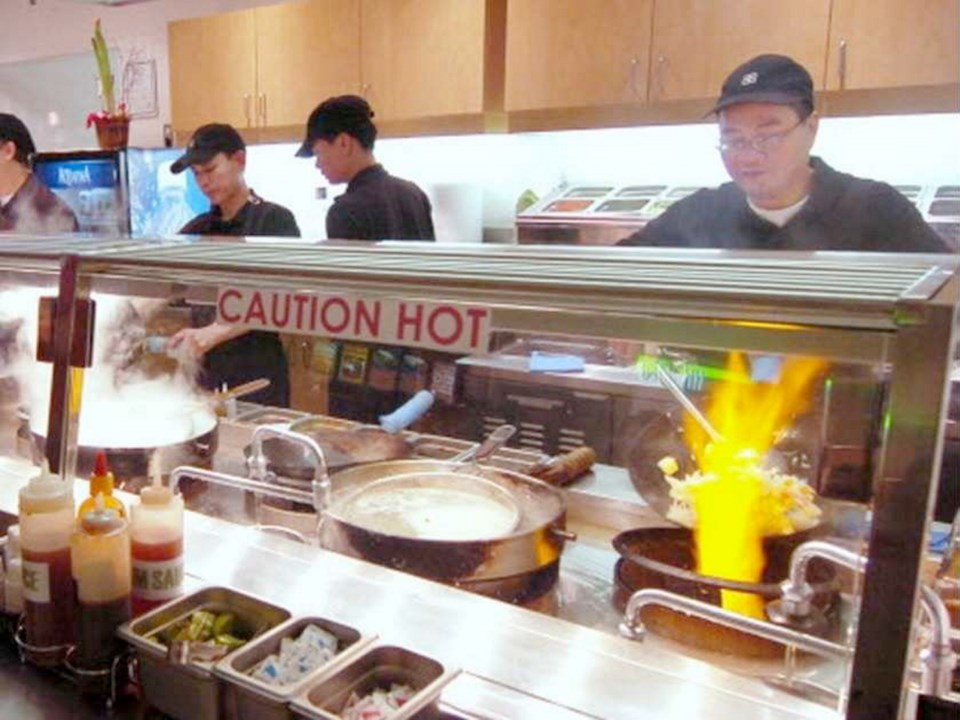Vancouver’s Zero Emission Building Plan has shone fresh light on council’s ambitious plan to wean the city from all fossil fuels by 2050 and it already has city restaurateurs simmering.
The city will require that all new construction meet its zero emission goal by 2030 and is bringing in a series of phased changes to building standards to allow the construction industry to adapt over time.
Because electricity supplied in Vancouver is more than 97 per cent from renewable sources, “the focus of this plan is on reducing demand for fossil fuel-based natural gas, used primarily for space heating and hot water,” the document reads. Also, the Renewable City Strategy adopted last year sets a goal of eliminating natural gas use in the city by 2050.
News that natural gas use would be curtailed sparked “anger and outrage” in the food service community, according to Ian Tostenson, CEO of the B.C. Restaurant and Foodservice Association.
“When policy is arbitrary like this, it just creates uncertainty and havoc,” he said.
Virtually all of the city’s 1,200 restaurants use natural gas, many of them small mom and pop businesses, he said. “Professional kitchens use gas and there is no cost-effective alternative.”
Consternation over the city’s apparent wish to eliminate natural gas is keenly felt by the city’s Asian cooks, who require fast, high heat for wok cookery.
“They are really concerned,” he said. “It’s not just efficiency, it’s how they produce flavours, so they are not happy.”
“I asked a group of food industry experts from China … what would happen if their government told them they couldn’t cook with gas and they just started laughing,” said Tostenson. “They thought it was a ridiculous question. They couldn’t believe we would even consider it.”
The city documents dictate that the share of energy provided by natural gas will fall from 46 per cent to zero, with the difference made up by electricity and renewable biofuels.
While the city insists the policy is not a “ban” on natural gas, officials offered little detail on how the city would wean FortisBC’s 108,000 Vancouver customers from their fuel of choice.
There are currently no restrictions on natural gas installations in residential or commercial buildings, they said.
“We knew about the Renewable City Strategy and we’ve seen some building guidelines making it more difficult to use natural gas, but we were surprised by the extent of their plan and how quickly it would happen,” said Jason Wolfe, director of energy solutions for FortisBC.
Switchboards at the gas utility lit up with unhappy customers when several media outlets reported the policy as a “ban” on natural gas.
A family that converts from gas to electricity will spend an extra $1,500 a year on space and hot water heating, according to FortisBC, which connects about 1,400 new customers in Vancouver each year.
The price difference may well grow over time. B.C. Hydro hiked electricity prices four per cent this year and plans to increase rates again by 3.5 and 3 per cent in the next two years.
“Our main concern is that people’s energy costs will go up if they are forced to switch from natural gas to electricity,” said Wolfe. “Natural gas is the cheapest option people have.”
Customers who use biogas currently pay twice the price of natural gas.
The city’s plans to increase biofuel use are well beyond predicted supply of the product, said Wolfe. FortisBC could reasonably expect to double its delivery of renewable gas in the next five years, but that will still be less than one per cent of its total business.
“Less than half of one per cent of our product is renewable and we would like to grow that to two per cent, but that is far short of the amount of natural gas Vancouverites consume right now,” he said.
The Vancouver plan — the first of its kind in North America — aims to reduce emissions from new buildings by 70 per cent by 2020 and 100 per cent by 2030 by improving insulation, door and window performance to reduce heating requirements and by switching to renewable energy.
For example, new highrise residential buildings will reduce emissions by using waste energy through district energy systems, installing heat recovery ventilation systems and by eliminating exposed concrete and balconies.
High-efficiency “passive house” standards for residential construction, which dramatically reduce heating requirements, are widely employed in Europe.



